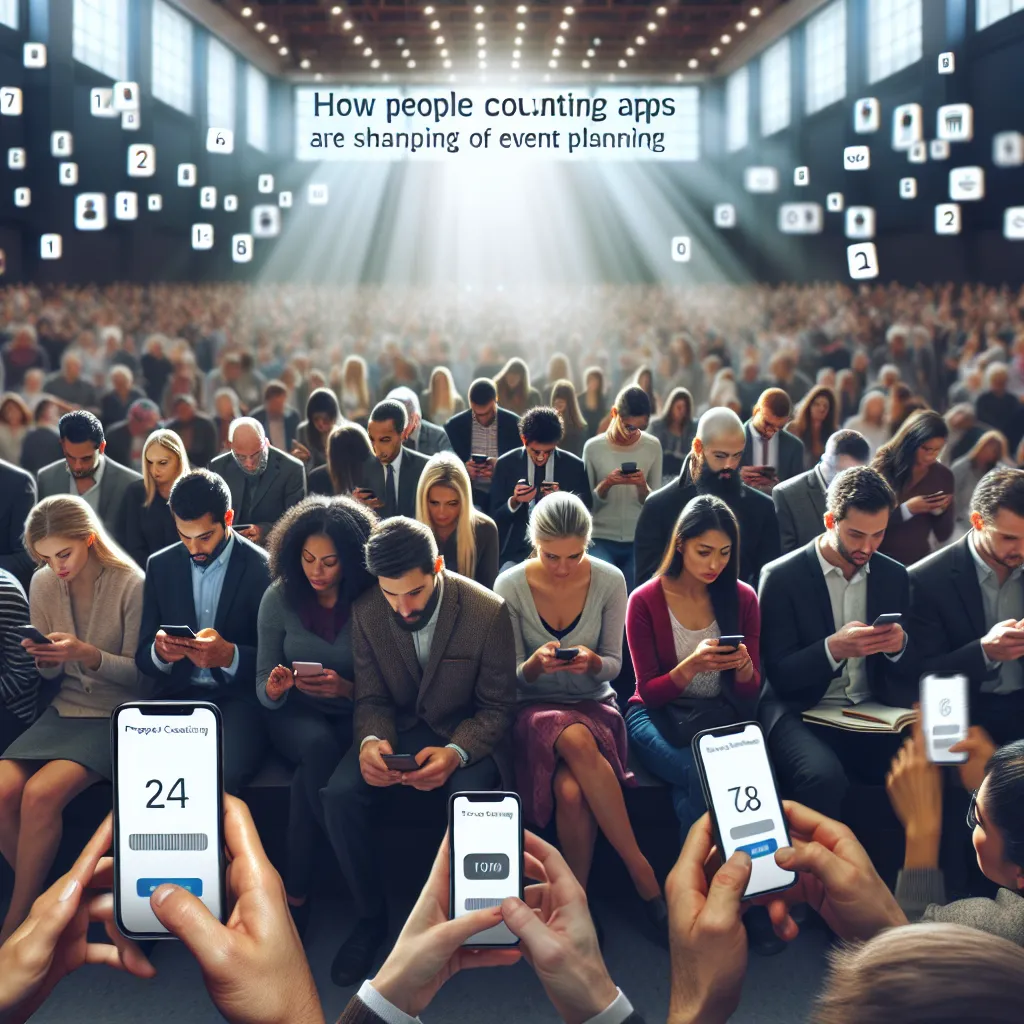People Counting in Libraries: Ensuring a Quiet and Productive Environment
In today’s fast-paced world, maintaining a quiet and productive environment in libraries is more crucial than ever. One innovative solution to achieve this is through people counting technologies, which help libraries manage foot traffic and create an atmosphere conducive to learning and research. In this post, we will explore the importance of people counting in libraries, the techniques used, and how they contribute to a more efficient library experience.
What is People Counting?
People counting refers to the technology and methods used to monitor and count the number of individuals entering and exiting a space. In libraries, this data can inform decisions regarding staffing, resource allocation, and space management.
Benefits of People Counting in Libraries
-
Improved Space Management
Understanding peak times for library visits enables better management of study areas, computer stations, and reading rooms. This ensures that space is allocated effectively and that patrons have access to the resources they need when they need them. -
Enhanced Visitor Experience
By analyzing traffic patterns, library staff can adjust services during busy hours, ensuring that patrons receive the attention they need. This leads to a quieter and more productive environment, where students and researchers can focus without disturbances. -
Informed Staffing Decisions
People counting technology allows libraries to align staffing levels with visitor trends. Whether it’s adding more staff during peak times or reducing shifts during quieter periods, this leads to optimal resource usage. -
Supporting Safety Protocols
Accurate counting of individuals can help libraries adhere to social distancing guidelines and fire safety regulations. By monitoring capacity, libraries can maintain a safe environment for all visitors.
Techniques Used in People Counting
Libraries can employ several technology solutions for effective people counting:
-
Infrared Sensors: These sensors use heat and movement to detect individuals as they enter or exit, providing accurate counts.
-
Video Analytics: Using surveillance cameras, video analytics can count people in real-time while also providing insights into their behavior and movement throughout the library.
-
Wi-Fi Tracking: By analyzing the signal of mobile devices, libraries can track how long visitors stay and where they spend their time.
Conclusion
The role of people counting in libraries cannot be overstated. By leveraging these technologies, libraries ensure a quiet and productive environment that supports the needs of every patron. As libraries continue to embrace innovation, the future looks promising for those seeking knowledge and a focused space to learn. Embracing people counting is not just an operational strategy; it’s a commitment to enhancing the library experience for everyone.
By implementing effective people counting techniques, libraries can optimize their space usage, enhance visitor experiences, and create environments where productivity flourishes. If you’re curious about more ways to improve library services or need professional support in adopting people counting systems, don’t hesitate to contact your local library technology provider. Your support helps build a better learning environment for all!




